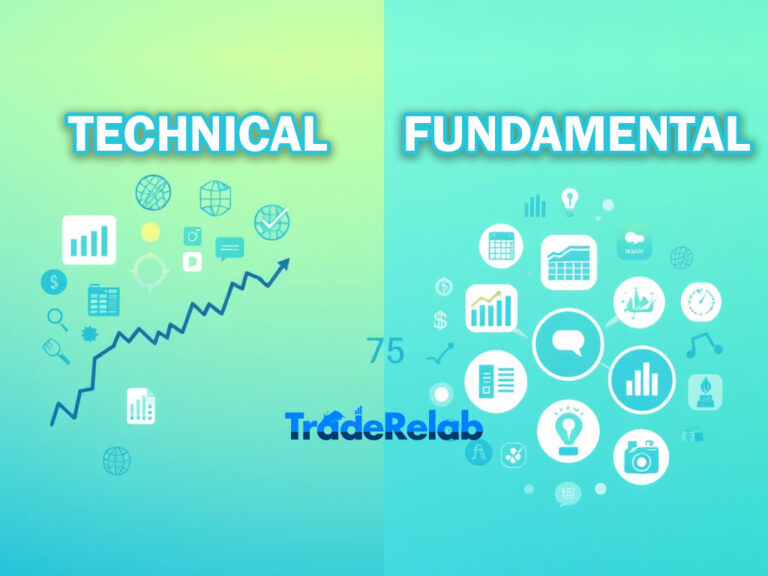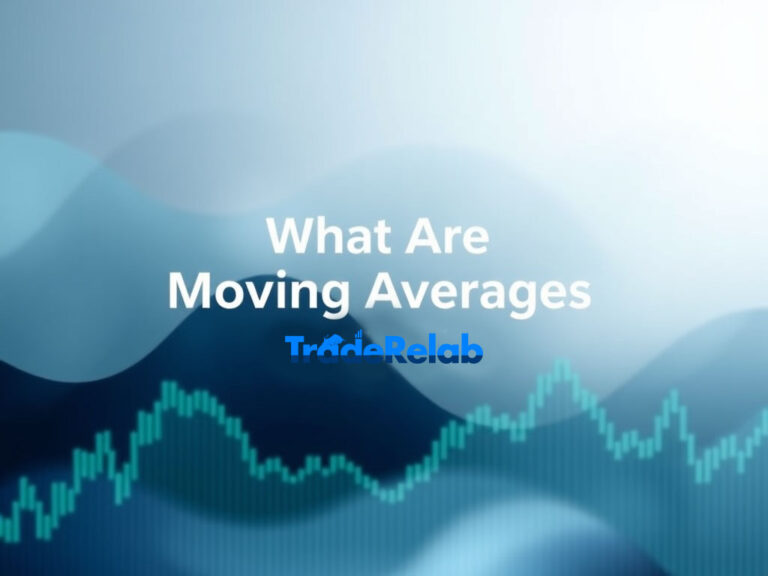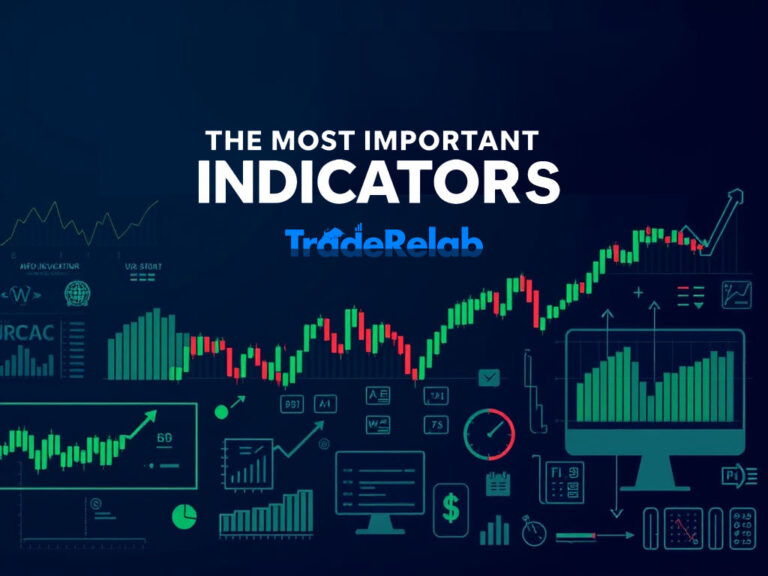Introduction to Candlestick Patterns: How to Read the Charts
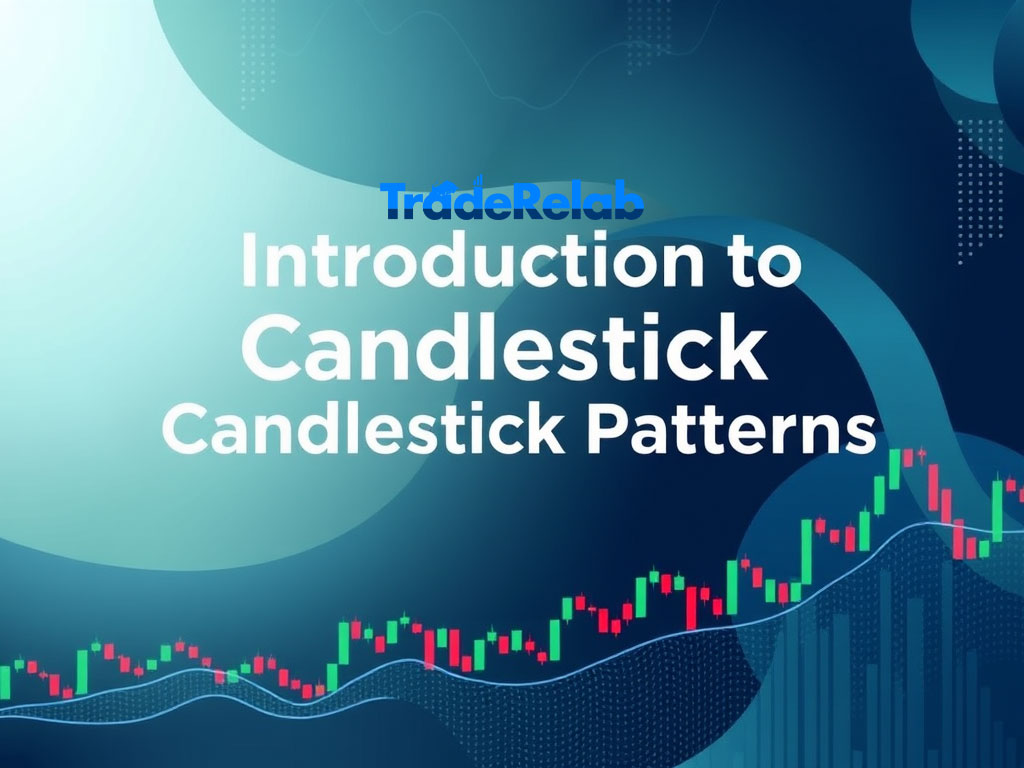
In the world of technical analysis, candlestick charts are one of the most popular and widely used tools to analyze market trends and make informed trading decisions. Candlestick patterns help traders understand price action by providing visual representations of price movements over a set time period. These patterns offer valuable insights into market sentiment and can help predict future price movements. In this guide, we’ll introduce you to candlestick patterns, explain how to read them, and explore how they can be used in trading.

What Are Candlestick Charts?
Candlestick charts originated in Japan centuries ago and have since become a cornerstone of modern technical analysis. A candlestick represents a specific period, such as 1 minute, 5 minutes, daily, or weekly, depending on the trader’s time frame.
Each candlestick consists of four main components:
- Open: The price at which the asset opened during the given period.
- Close: The price at which the asset closed during the given period.
- High: The highest price reached during the period.
- Low: The lowest price reached during the period.
The body of the candlestick is formed between the open and close prices, while the wicks (or shadows) show the high and low prices of the period. The color of the body reflects whether the market closed higher or lower than it opened:
- A green (or white) candlestick indicates the price closed higher than the open (bullish).
- A red (or black) candlestick indicates the price closed lower than the open (bearish).
Candlestick charts provide traders with more information than line charts, as they show both price direction and the degree of price movement. This makes them a valuable tool for spotting trends, reversals, and potential market entry points.
How to Read Candlestick Patterns
Candlestick patterns are formed by one or more candlesticks and can be classified as either bullish (indicating price may rise) or bearish (indicating price may fall). Here’s a basic guide to reading candlestick patterns:
1. Single Candlestick Patterns
Some candlestick patterns consist of just one candlestick and can indicate a potential reversal or continuation of a trend.
Doji A doji is a candlestick pattern where the open and close prices are nearly the same. This indicates indecision in the market and suggests that neither the bulls nor the bears are in control. The longer the wicks, the greater the indecision. Doji patterns are often found at the end of a trend and can signal a potential reversal.
- Bullish Doji: If the doji appears after a downtrend, it may indicate that a reversal to an uptrend is possible.
- Bearish Doji: If the doji appears after an uptrend, it may signal a reversal to a downtrend.
Hammer and Hanging Man
- Hammer: A hammer is a candlestick with a small body at the top and a long lower wick. It typically forms at the bottom of a downtrend and signals a potential reversal to an uptrend.
- Hanging Man: The hanging man looks similar to the hammer but appears at the top of an uptrend. It signals a potential reversal to a downtrend.
2. Multiple Candlestick Patterns
Some patterns are formed by two or more candlesticks and provide stronger signals about potential price movements.
Engulfing Patterns
- Bullish Engulfing: This pattern occurs when a small red candlestick is followed by a large green candlestick that completely engulfs the red candlestick. It suggests a strong buying signal and potential reversal from a downtrend to an uptrend.
- Bearish Engulfing: This pattern happens when a small green candlestick is followed by a large red candlestick that completely engulfs the green candlestick. It indicates a strong selling signal and a potential reversal from an uptrend to a downtrend.
Morning Star and Evening Star
- Morning Star: A morning star is a three-candlestick pattern that appears after a downtrend. The first candlestick is a long red candle, followed by a small body candlestick (doji or spinning top), and then a long green candlestick. This pattern signals a potential reversal to an uptrend.
- Evening Star: The evening star is the opposite of the morning star and appears after an uptrend. It consists of a long green candlestick, followed by a small body candlestick, and then a long red candlestick. This pattern signals a potential reversal to a downtrend.
Piercing Line and Dark Cloud Cover
- Piercing Line: The piercing line is a two-candlestick pattern where a long red candlestick is followed by a long green candlestick that opens below the red candlestick’s close but closes above the midpoint of the red candlestick’s body. This suggests a potential bullish reversal.
- Dark Cloud Cover: The dark cloud cover is a bearish reversal pattern that consists of a long green candlestick followed by a long red candlestick that opens above the green candlestick’s close but closes below the midpoint of the green candlestick’s body. This suggests a potential reversal to a downtrend.
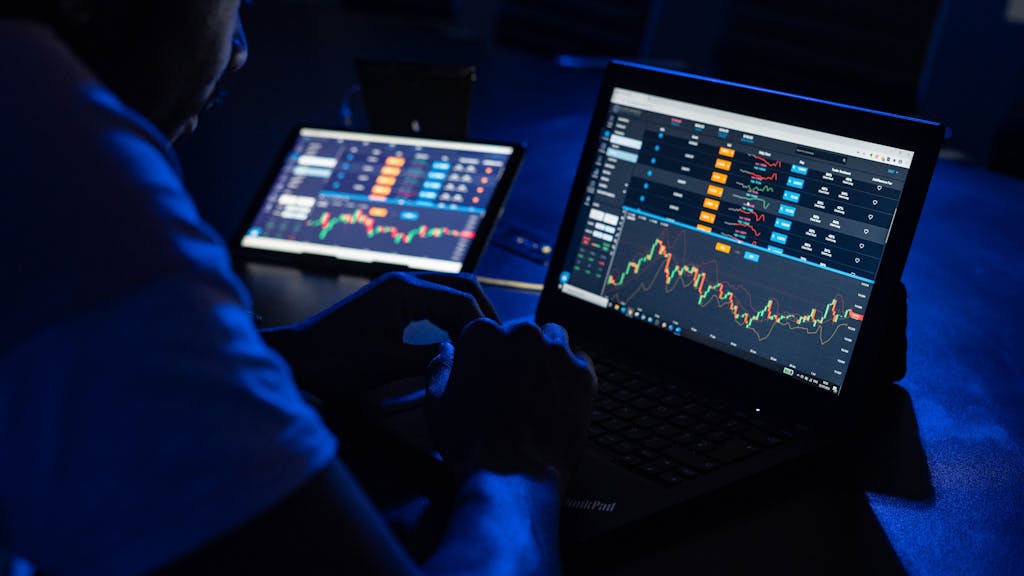
How to Use Candlestick Patterns in Trading
Candlestick patterns are powerful tools that can help traders make more informed decisions. However, they should never be used in isolation. To increase the accuracy of predictions, traders often combine candlestick patterns with other indicators, such as moving averages, RSI, or support and resistance levels. Here’s how to use candlestick patterns effectively in trading:
- Confirm the Trend: Always consider the overall trend before trading based on candlestick patterns. A bullish reversal pattern in an uptrend is more likely to succeed, while a bearish reversal pattern in a downtrend is more effective.
- Use Multiple Time Frames: Candlestick patterns may appear differently depending on the time frame. Check the same pattern across multiple time frames to get a clearer picture of the market sentiment.
- Set Stop Loss and Take Profit Levels: Candlestick patterns can provide valuable entry points, but it’s important to manage risk. Always set stop loss and take profit levels to protect yourself from large price movements.
- Combine with Other Indicators: For a more reliable analysis, combine candlestick patterns with other technical indicators. For example, use moving averages to confirm the trend direction or use the Relative Strength Index (RSI) to check for overbought or oversold conditions.
Advantages of Using Candlestick Patterns
- Visual Clarity: Candlestick charts are easy to read and provide clear visual signals for potential market movements.
- Quick Insights: Traders can quickly identify trends, reversals, and market sentiment based on candlestick patterns.
- Versatility: Candlestick patterns can be used across all time frames and markets, including stocks, forex, commodities, and cryptocurrencies.
Limitations of Candlestick Patterns
- False Signals: Candlestick patterns are not always accurate and can sometimes give false signals. This is why confirmation from other indicators is essential.
- Lagging Indicators: Like other technical indicators, candlestick patterns are based on past price data and may lag behind current market conditions.
- Complexity: For beginners, interpreting candlestick patterns can be challenging, and it takes practice to correctly identify patterns and understand their implications.
Conclusion
Candlestick patterns are a valuable tool in technical analysis that helps traders predict potential price movements and identify trends in the market. By understanding how to read these patterns and using them in combination with other indicators, traders can enhance their ability to make informed trading decisions. Whether you’re a beginner or an experienced trader, mastering candlestick patterns is an essential skill for anyone looking to succeed in the financial markets.
FAQ:
1. Are candlestick patterns reliable for predicting price movements?
While candlestick patterns can provide valuable insights into market sentiment, they should not be relied upon alone. It’s best to confirm signals with other technical indicators to increase the probability of success.
2. What is the most commonly used candlestick pattern?
The most commonly used candlestick patterns are the Doji, Hammer, Engulfing patterns, and the Morning and Evening Stars. These patterns help identify potential market reversals.
3. Can candlestick patterns be used in all markets?
Yes, candlestick patterns are versatile and can be applied to any market, including stocks, forex, commodities, and cryptocurrencies.
4. How do I know if a candlestick pattern is valid?
To confirm a candlestick pattern, you should check for a consistent trend, multiple time frames, and possibly use additional indicators such as moving averages or RSI. A single candlestick pattern is not enough to make a reliable prediction.



